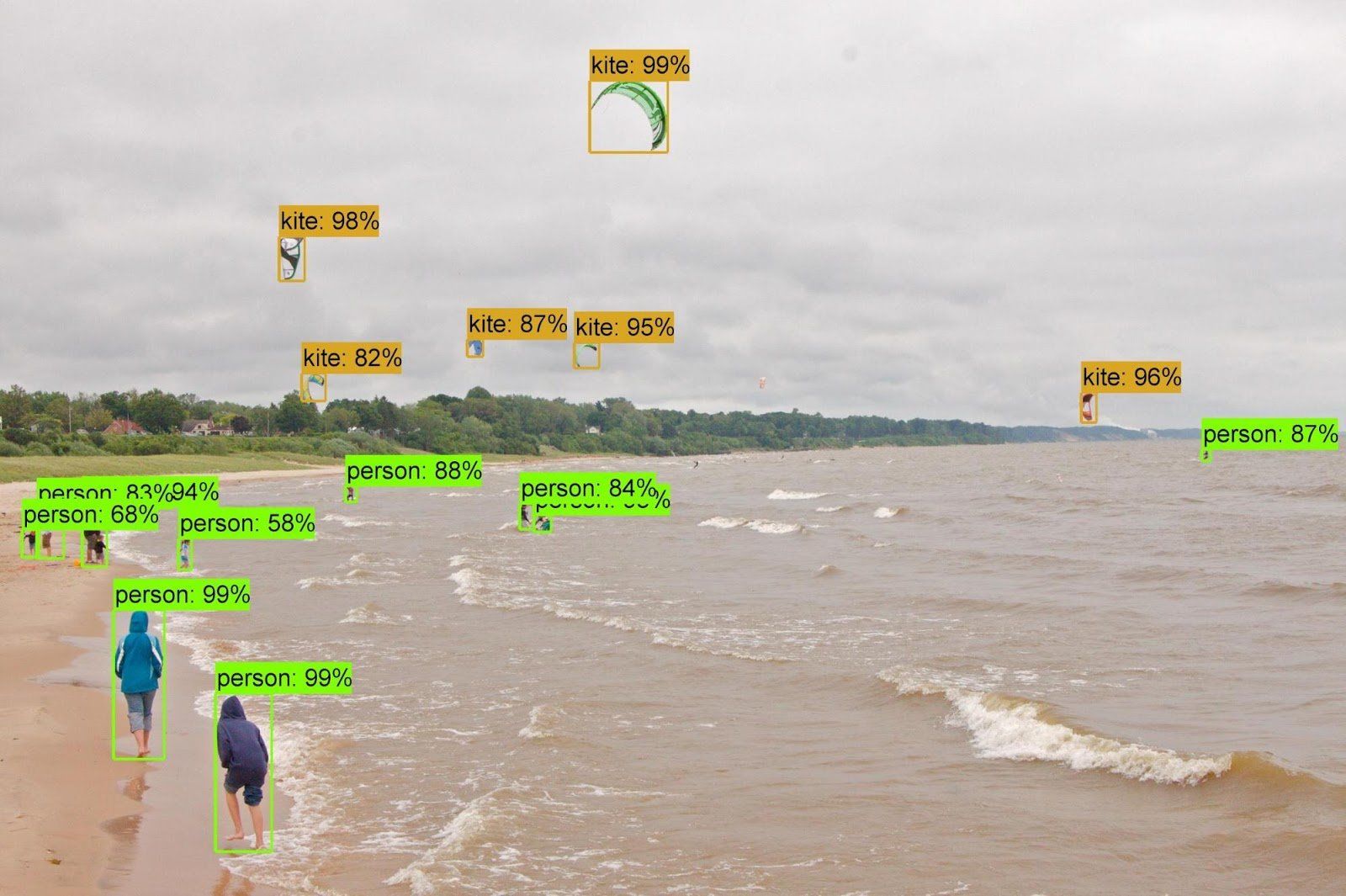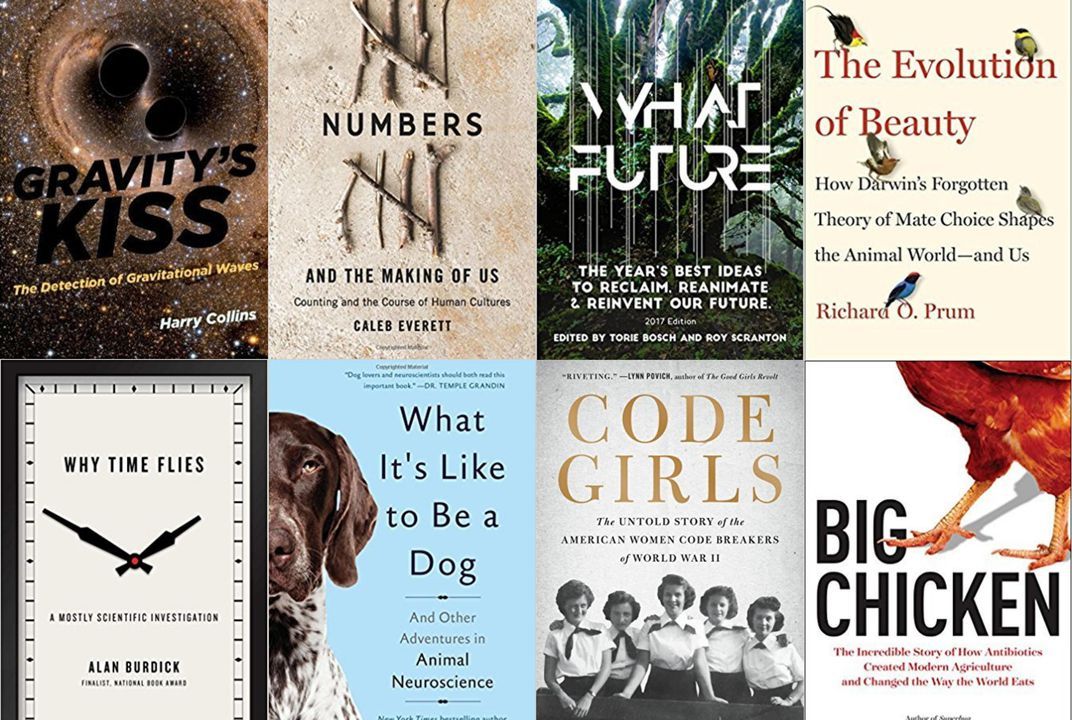
IN AN AGE of nonstop breaches and hacks, getting a handle on your own digital security matters more than ever. But everyone has their own threat model—a set of concerns unique to themselves. The average smartphone user doesn’t need to know what a Faraday cage is; an NSA contractor probably already has a good grasp of security basics. (Or … do they?) In this guide, we’ve included a few ways to improve your online security posture based on those different levels of risk. These won’t prevent the next megabreach or banish ransomware from the earth. They’re not all-encompassing. But they’ll help get you in the mindset of the types of steps you should be taking based on your particular situation. And they’ll help ensure that the next time you read one of those paralyzing headlines, it doesn’t apply to you.
In an age of nonstop breaches and hacks, getting a handle on your own digital security matters more than ever. But everyone has their own threat model—a set of concerns unique to themselves. The average smartphone user doesn’t need to know what a Faraday cage is; an NSA contractor probably already has a good grasp of security basics. (Or … do they?) In this guide, we’ve included a few ways to improve your online security posture based on those different levels of risk. These won’t prevent the next megabreach or banish ransomware from the earth. They’re not all-encompassing. But they’ll help get you in the mindset of the types of steps you should be taking based on your particular situation. And they’ll help ensure that the next time you read one of those paralyzing headlines, it doesn’t apply to you.
Read more









